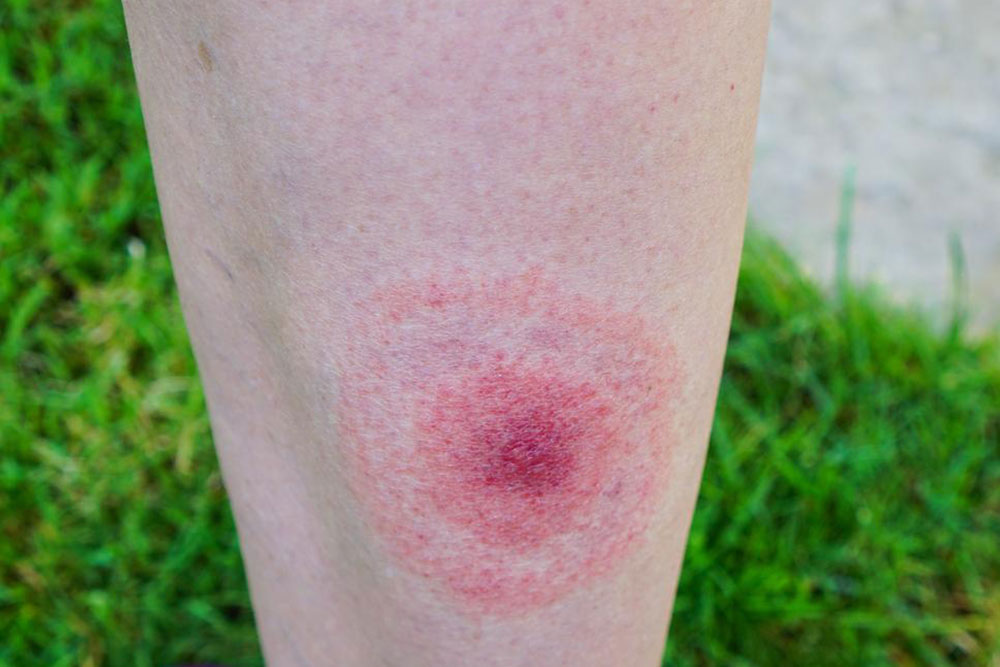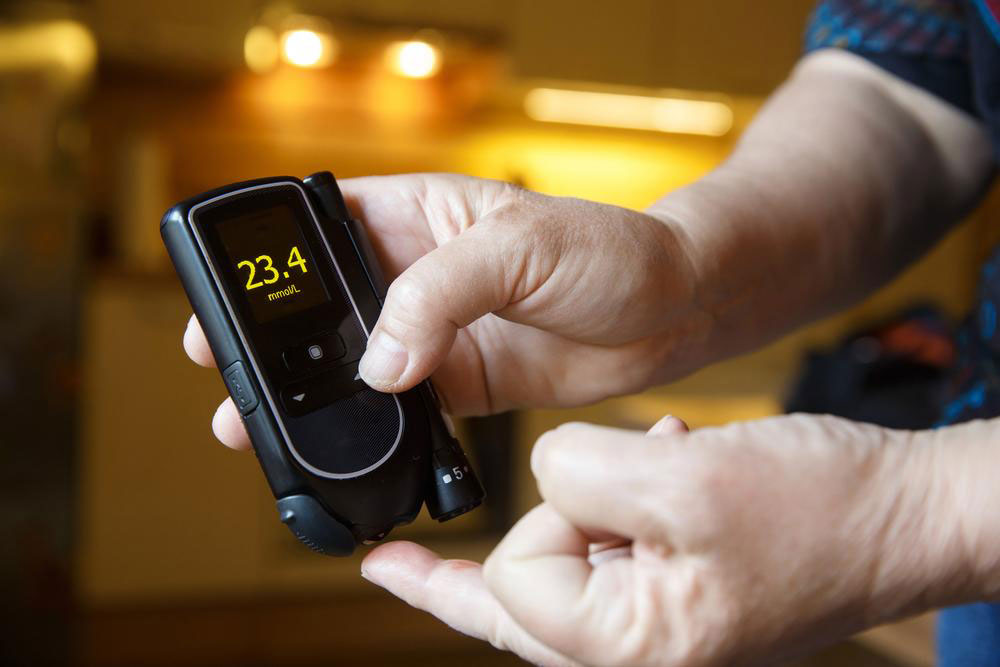Recognizing the Early Symptoms of Lyme Disease
Learn to identify the early signs of Lyme disease, including rash, fever, and fatigue, and understand how tick bites transmit the bacteria Borrelia burgdorferi. Recognizing these symptoms early can lead to prompt treatment, preventing serious complications. The article highlights regional risks and emphasizes the importance of awareness for timely intervention.

Recognizing the Early Symptoms of Lyme Disease
Lyme disease can be life-threatening if not identified early. Common initial signs include fever, rash, facial paralysis, and joint inflammation. The risk varies depending on your geographic location, as certain regions have higher incidences. It is typically transmitted through a tick bite, which can lead to multiple health complications. Recognizing early symptoms is crucial for prompt treatment and preventing severe health issues.
Key early symptoms to watch for include:
Initial indicators encompass fever, headaches, chills, fatigue, sore joints, muscle pain, and swollen lymph nodes.
An important early sign is the erythema migrans rash, which appears in about 70-80% of infected individuals.
This rash typically emerges within a week of a tick bite but can develop between 3 to 30 days.
The rash can expand up to 12 inches or more, forming a characteristic bull's eye pattern without causing itching or pain.
It can appear anywhere on the body and spreads from the center outward.
Less common early symptoms include irregular heartbeat, eye or liver inflammation, and increased fatigue.
Transmission of Lyme disease
The primary mode of transmission is via infected tick bites, which must be attached for 36-48 hours or more for the bacteria to infect. The causative bacteria, Borrelia burgdorferi, is spread mainly by the black-legged tick in the northeastern, north-central, and mid-Atlantic US regions, and by the western black-legged tick on the Pacific Coast.










